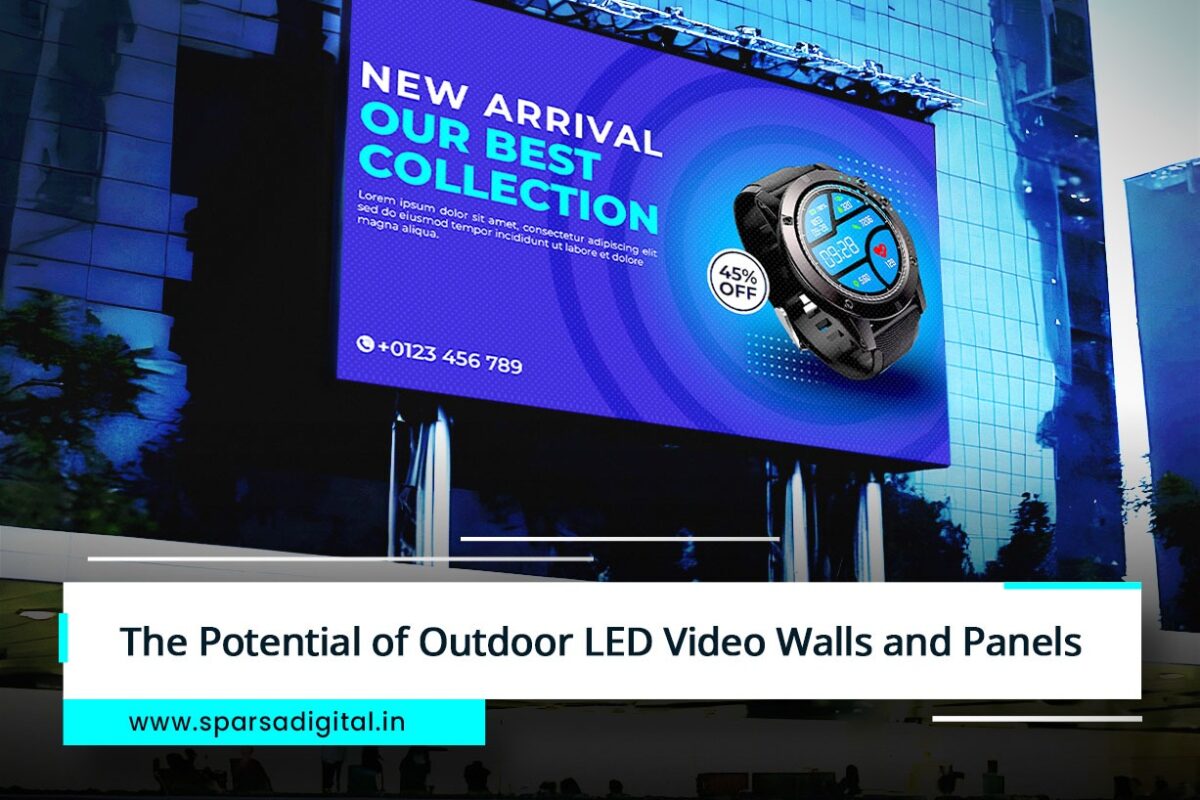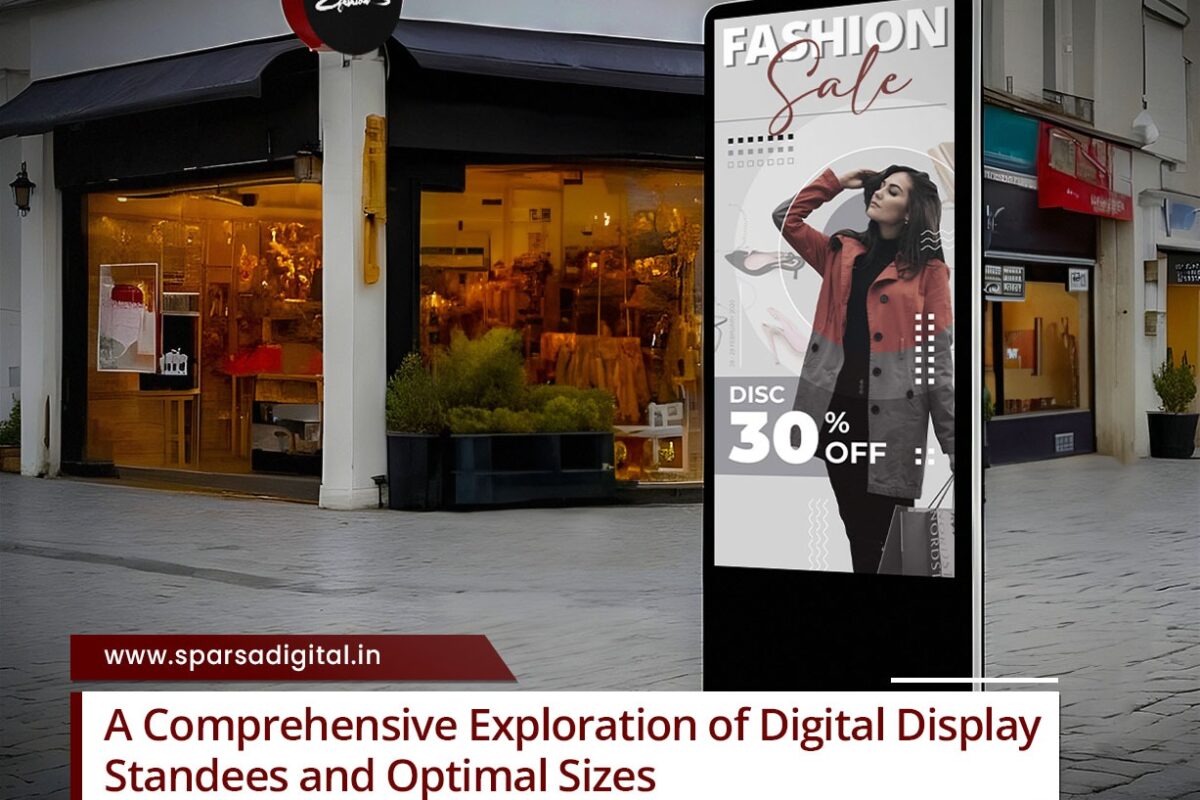In the ever-evolving landscape of advertising, the shift towards digital boards and LED display technology has been nothing short of revolutionary. Gone are the days of static billboards and print ads dominating cityscapes. Instead, we find ourselves immersed in a world where dynamic, eye-catching digital displays captivate audiences and redefine the possibilities of brand communication. In this blog post, we’ll delve into the transformative impact of digital boards for advertising and LED display boards, exploring their benefits, applications, and the future they herald for the advertising industry.
Understanding Digital Boards and LED Display Technology
Before we delve into the intricacies of their impact, let’s first understand what digital boards and LED display technology entail.
Digital Boards: These are electronic displays that use technologies such as LCD (Liquid Crystal Display), LED (Light Emitting Diode), or OLED (Organic Light Emitting Diode) to showcase content. They offer dynamic capabilities, allowing for the seamless integration of video, animation, and real-time content updates.
LED Display Boards: LED technology involves the use of light-emitting diodes to create displays. LED display boards are composed of numerous LED modules, which collectively form a vibrant and versatile screen capable of showcasing high-resolution content. They are widely used for outdoor advertising, sports stadiums, concerts, and various other applications.
The Advantages of LED Display Boards
1. Dynamic Content: One of the most significant advantages of digital boards and LED displays is their ability to showcase dynamic content. Unlike traditional static billboards, these technologies allow advertisers to display videos, animations, and real-time updates, enabling more engaging and impactful communication with audiences.
2. Enhanced Visibility: LED display boards offer superior brightness and clarity, making them highly visible even in broad daylight. This enhanced visibility ensures that advertisements effectively capture the attention of passersby, maximizing their impact and reach.
3. Flexibility and Customization: Digital boards and LED displays provide advertisers with unparalleled flexibility and customization options. Content can be easily updated and tailored to specific audiences or events, allowing brands to remain relevant and responsive in a fast-paced market environment.
4. Cost-effectiveness: While the initial investment in digital boards and LED displays may be higher than traditional advertising mediums, their long-term cost-effectiveness cannot be understated. These technologies offer greater durability, energy efficiency, and the potential for higher returns on investment due to their ability to attract and engage audiences more effectively.
5. Environmental Sustainability: LED technology is renowned for its energy efficiency and environmental sustainability. LED display boards consume significantly less power than traditional lighting systems, thereby reducing carbon emissions and operating costs. Additionally, their longevity and durability contribute to a reduction in electronic waste, further enhancing their eco-friendly credentials.
Applications of LED Digital Boards in Advertising
1. Outdoor Advertising: Digital billboards and LED display screens have transformed outdoor advertising by offering dynamic, attention-grabbing displays that can be updated in real-time. From highways to city centers, these displays command attention and provide advertisers with a powerful platform to showcase their messaging.
2. Retail Environments: In retail settings, digital boards and LED displays are used to enhance the customer experience, showcase product promotions, and drive sales. Whether as standalone displays or integrated into store fixtures, these technologies create immersive environments that captivate shoppers and encourage purchase decisions.
3. Events and Sponsorships: From sports stadiums to music festivals, digital boards and LED displays play a pivotal role in event sponsorships and brand activations. Their ability to deliver high-impact visuals and dynamic content ensures that sponsors receive maximum exposure and engagement from event attendees.
4. Transportation Hubs: Airports, train stations, and bus terminals are prime locations for digital boards and LED displays. These displays provide valuable information to travelers, such as flight schedules, departure gates, and advertising messages. Their vibrant displays and real-time updates help create a dynamic and engaging environment for passengers.
5. Corporate Branding: Within corporate environments, digital boards and LED displays are used for internal communication, employee engagement, and brand promotion. Whether in lobbies, conference rooms, or employee break areas, these displays serve as effective channels for conveying corporate messaging and fostering a sense of belonging among staff.
The Future of Digital Boards and LED Displays
As technology continues to advance, the future of digital boards and LED displays holds immense promise for further innovation and growth. Here are some key trends shaping the future of these technologies:
1. Increased Interactivity: The integration of touchscreen capabilities and interactive features will enable users to engage with digital boards and LED displays in new and immersive ways. This interactivity will enhance user experiences and open up opportunities for experiential marketing campaigns.
2. Augmented Reality (AR) Integration: AR technology is poised to revolutionize advertising by overlaying digital content onto the physical world. LED digital boards will serve as platforms for delivering AR experiences, blurring the lines between the virtual and real environments.
3. Integration with Big Data and Analytics: By leveraging data analytics and machine learning algorithms, advertisers can optimize the content displayed on digital boards and LED displays in real-time. This data-driven approach will ensure that advertisements are targeted, relevant, and tailored to the preferences and behaviors of specific audiences.
4. Sustainability Initiatives: The push towards sustainability will drive the development of eco-friendly materials and energy-efficient technologies for LED display boards. Manufacturers and advertisers alike will prioritize environmental sustainability in their product designs and campaigns, aligning with consumer preferences for eco-conscious brands.
5. Advancements in Display Technology: Ongoing advancements in display technology, such as micro-LEDs and flexible displays, will expand the creative possibilities for digital boards and LED displays. These innovations will enable advertisers to create even more immersive and visually stunning experiences for their audiences.
Conclusion
In conclusion, LED digital boards represent a paradigm shift in the world of advertising, offering unparalleled opportunities for brands to connect with consumers in impactful and engaging ways. From dynamic outdoor billboards to interactive retail displays, these technologies continue to redefine the boundaries of traditional advertising mediums. As we look towards the future, the evolution of LED digital boards promises to usher in a new era of creativity, interactivity, and sustainability in advertising, shaping the way brands communicate and engage with audiences for years to come.





